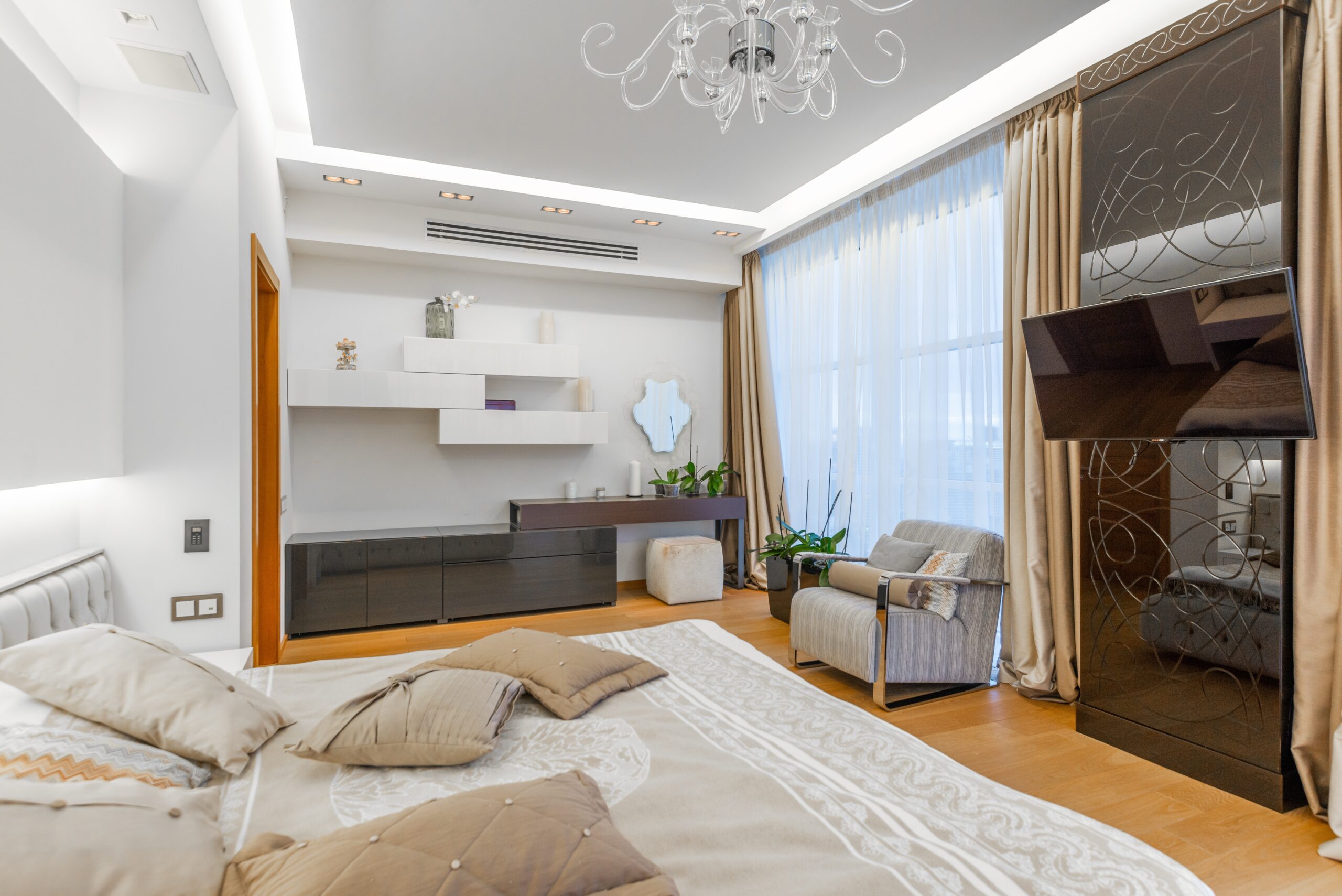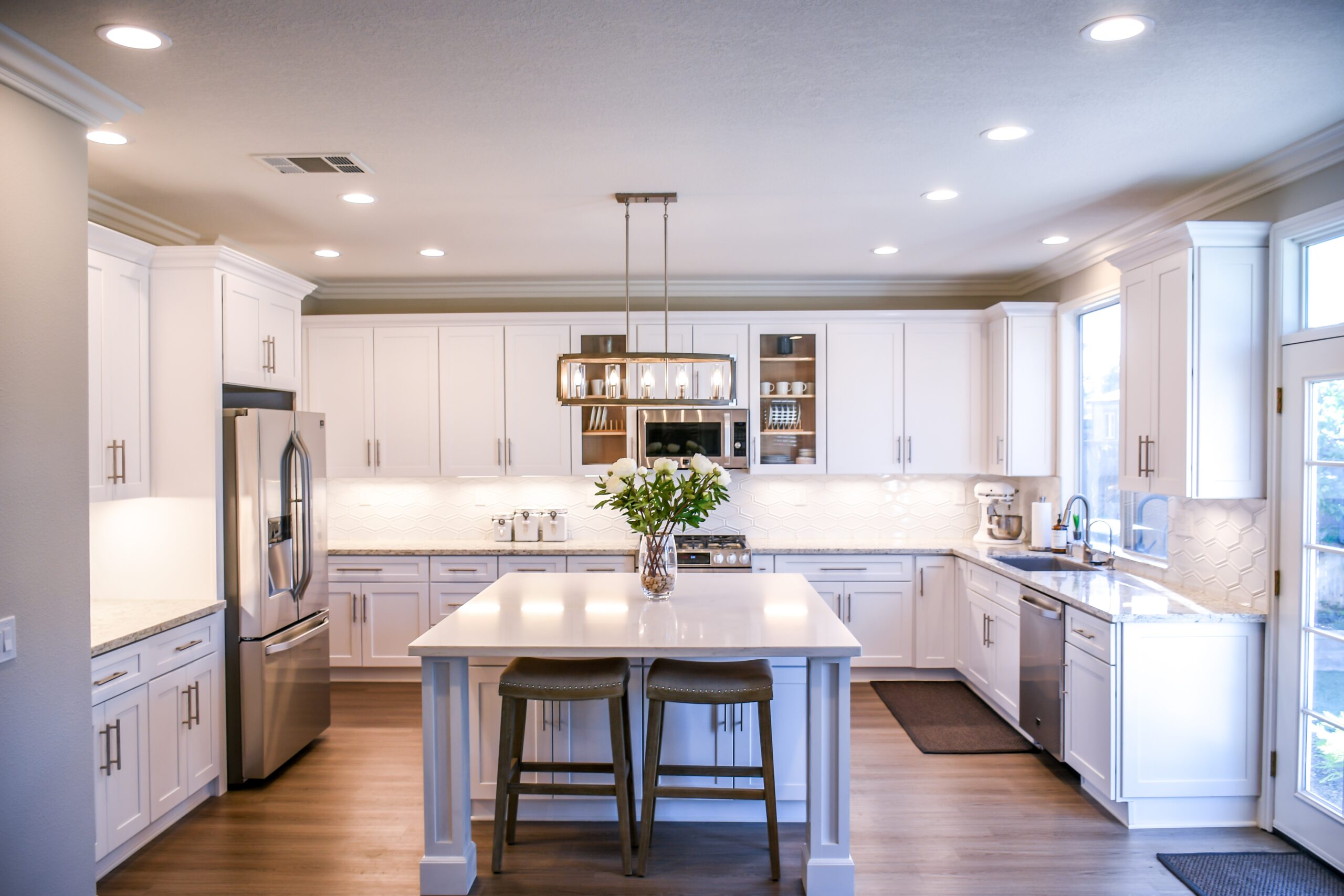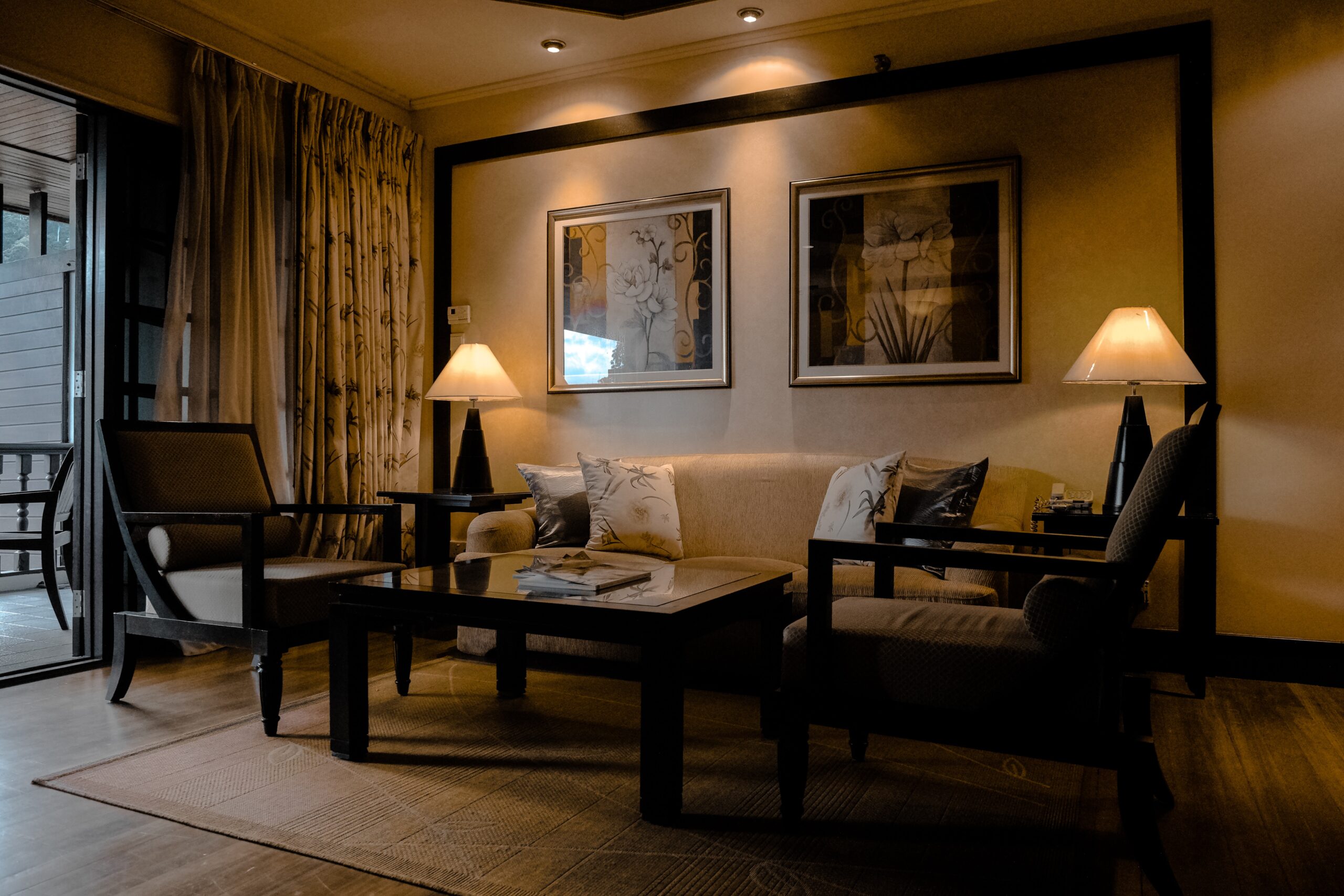LED Lighting Buyer’s Guide
Are you in the market for new lighting but feeling overwhelmed by all the options? With so many brands, lumens ratings, and features to choose from, it can easily become an overwhelming process. That’s why we created our LED Lighting Buyer’s Guide to help make buying lights easier and more informed. Our ultimate guide will save you time and money and provide all the necessary information to pick the perfect LED light fixture for your space. We discuss LED performance metrics like brightness levels, beam angles, and color-rendering index, along with installation and compatibility tips to ensure your lights offer maximum efficiency while maintaining their style with numerous applications. Ready to start shopping for LEDs? Read on!

LED Lighting Buyers Guide
Types Of LED Lights – Understand The Different Types Of LED Lights Available
LED lights have revolutionized how we illuminate our homes and workplaces by providing bright light while consuming less energy. Markets offer a variety of LED lights to satisfy a variety of needs. From the traditional A-shape bulbs to the more popular strips and custom fixtures, there’s an LED light for every requirement. LED lights are categorized based on color temperature, lumen output, and beam angle. Learning how each type works can help you decide when buying LED lights. LED lights have much to offer, from saving energy to creating the perfect ambiance.

Types Of LED Lights
Installation Tips – Essential Advice On How To Install LED Lights Correctly
Since LED lights are energy-efficient and long-lasting, they have become increasingly popular. However, installing them can be tricky, and doing it wrong could end up causing damage or not achieving the desired result. Essential advice on how to install LED lights correctly includes:
- Checking the voltage of the circuit.
- Choosing the correct type of LED driver.
- Ensuring proper grounding.
Also important to avoid overloading the circuit and to use the correct tools and protective gear during installation. With these tips, you can install your LED lights correctly and enjoy their benefits for years.
Benefits Of LEDs – Discover The Advantages Of Using LED Lighting

Benefits Of LEDs
Saving money and reducing carbon footprint are great benefits of LED lights. These innovative lights offer numerous benefits over traditional incandescent bulbs, including longer lifespan, greater efficiency, and better light quality. LED lights also contain no toxic materials, making them eco-friendly and safe for use in any room of your home or business. Plus, they are more energy efficient while providing bright and warm light because they use less energy. So why not discover the advantages of LED lighting today and enjoy its many benefits?
Cost Considerations – Learn About Budgeting For LED Lighting And What Factors Influence the Price
With the growing popularity of LED lights, it’s important to understand how to budget for this lighting option. It is well known that LED lights are energy-efficient and long-lasting, but their price can vary depending on several factors. One important consideration is the quality of the LED chips inside the bulb, as higher-quality chips tend to be more expensive. Additionally, the design of the fixture itself can impact the overall cost. Fortunately, with proper budgeting and research, it’s possible to find reliable, high-quality LED lighting options that won’t break the bank.
Maintenance And Care – Find Out Best Practices For Keeping Your LED Lights In Good Working Order
LED lights are a great investment for any home or business. They are energy-efficient, long-lasting, and emit a bright, crisp light. However, like other electronic devices, they require proper maintenance and care to ensure optimal performance and longevity. Some best practices for LED lights include keeping them clean and dust-free, avoiding extreme temperatures and humidity, and ensuring proper installation and wiring. Regularly checking for loose connections and replacing damaged parts can also help to keep your LED lights in good working order. You can enjoy bright and efficient lighting for many years by following these simple tips.
Energy Savings – Explore Ways To Reduce Energy Costs With LED Lighting
Do you want to reduce your energy costs but are fed up with receiving high bills? If so, LED lights may be just what you need! LED lighting is known to be energy efficient, meaning they consume less energy and last longer compared to traditional lighting systems. Replacing your old incandescent bulbs with LED lights will make an immediate difference in your energy usage. Moreover, these lights are also environmentally friendly, as they don’t contain toxic materials like mercury and do not release harmful gases. By making the switch to LED lighting, you’ll not only save on energy bills but also contribute to a sustainable future.
Disadvantages Of LEDs
While LED lights have become increasingly popular in recent years, there are some notable disadvantages to this type of lighting technology. One issue is that LED lights are more expensive than traditional incandescent bulbs, making it difficult for individuals on a tight budget to purchase them. Another drawback is that LED lights emit a harsh, cool-toned light that some people may find unappealing. Additionally, LED lights can be sensitive to temperature changes, impacting their brightness levels or even causing them to malfunction temporarily. Despite these challenges, many people still value LED lights’ long lifespan and energy efficiency, making them a popular choice for home and commercial use.
Best Uses For LEDs
LED lights have revolutionized how we illuminate our homes, workplaces, and public spaces. With their energy-efficient properties, durability, and versatility, LEDs have become the preferred lighting choice for many. LED lights are equipped for almost any lighting requirement, from highlighting artwork on gallery walls to lighting up entire stadiums. One of the best uses for LED lights is their potential to provide smart lighting systems that can change the light’s color, brightness, and direction with a simple touch of a button. LED lights can also work well for agricultural applications, such as greenhouse lighting and indoor plant growth because they emit the specific wavelengths required for photosynthesis. With so many practical uses, it’s no wonder why LED lights have become such a popular lighting solution.
Can I Put LED In Any Fixture?
With the popularity of energy-efficient lighting, LED lights have become a common choice for homeowners. One of the benefits of LED lights is their versatility – they can be installed in many types of fixtures. However, it’s important to ensure the fixture is compatible with LED lights before switching. Some fixtures may require a specific type of LED bulb or may not be able to support LED at all. LED lights are an excellent choice for reducing energy consumption and expenses, provided they are used appropriately.
Are LEDs Dimmable?
Thanks to their efficiency and versatility, LED lights have become popular in recent years. They are a great alternative to traditional light bulbs, consuming less energy and lasting much longer. But when it comes to dimming, many wonder if LEDs are up to the task. Yes, LED lights can be dimmed. Dimmability is one of the many advantages of LED technology. By using appropriate equipment, you can easily modify the brightness of your LEDs according to your preferences. With this, you can create a cozy and welcoming environment or set a romantic mood for your dinner date. If you’re looking for an energy-efficient and customizable lighting solution, LEDs are just what you need.
How Long Do LEDs Last?
LED lights are well-known for their energy efficiency and cost savings, but how long do they last? The answer may surprise you. Unlike traditional incandescent bulbs that burn out after a few thousand hours, LED lights have a much longer lifespan, typically lasting between 25,000 to 50,000 hours. This means an LED bulb can last up to 20 years, depending on usage. Although the upfront cost may be greater, choosing LED lights for homes and businesses is wise due to their numerous long-term advantages. So next time you’re in the market for new lighting, keep in mind the impressive lifespan of LED lights.
Buying LED Lighting: The Short Story
Buying LED lighting may seem daunting, but it doesn’t have to be a long story. LED lights are a smart investment for anyone looking to save money on their energy bills. Modern light bulbs use less energy and last longer than traditional incandescent bulbs. LED lights are also available in various colors and styles, making them a versatile option for any home or office space. Whether you’re looking to upgrade your current lighting or start fresh, LED lights are a great choice for anyone looking to add brightness and efficiency to their space.
LED lighting provides numerous benefits to domestic and commercial spaces, including cost savings, energy efficiency, and increased safety. With such a massive array of lighting options out there to choose from, this LED Lighting Buyer’s Guide is an essential resource for making sure you make the right decision. From understanding the different types of LED lights available to exploring ways to reduce energy costs with LED lighting, this guide has deepened your understanding of all aspects of LED lighting. Now it’s up to you to apply that knowledge when you’re ready to buy LED lights to get the perfect product for your needs. Whether buying individual fixtures or an entire system, doing your research can save you money in the long run. Now let’s find some LEDs and start saving today!


